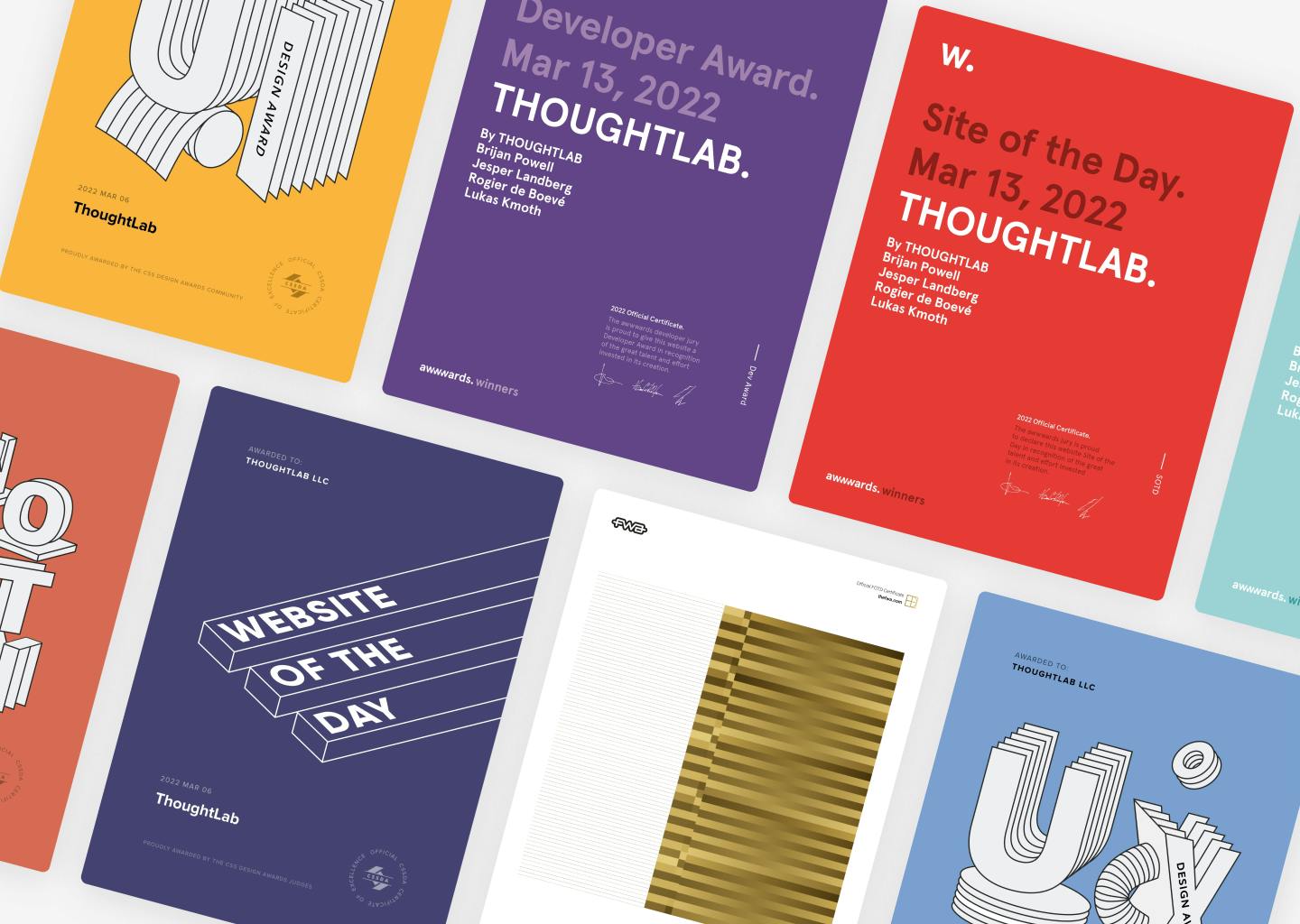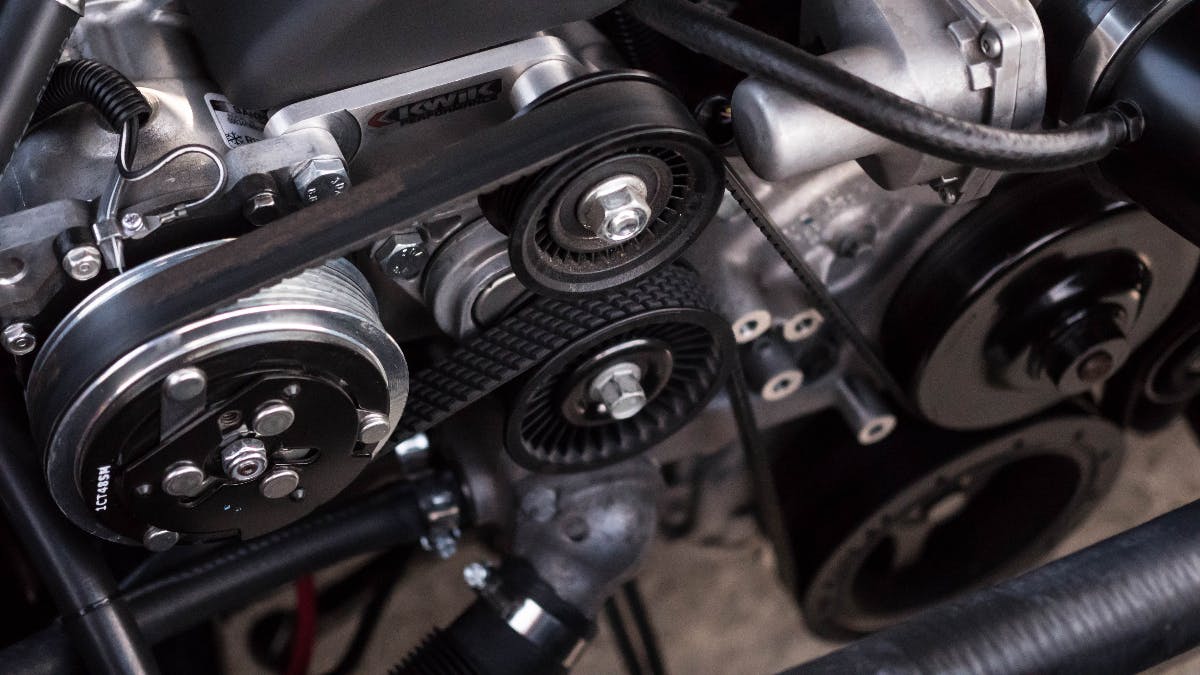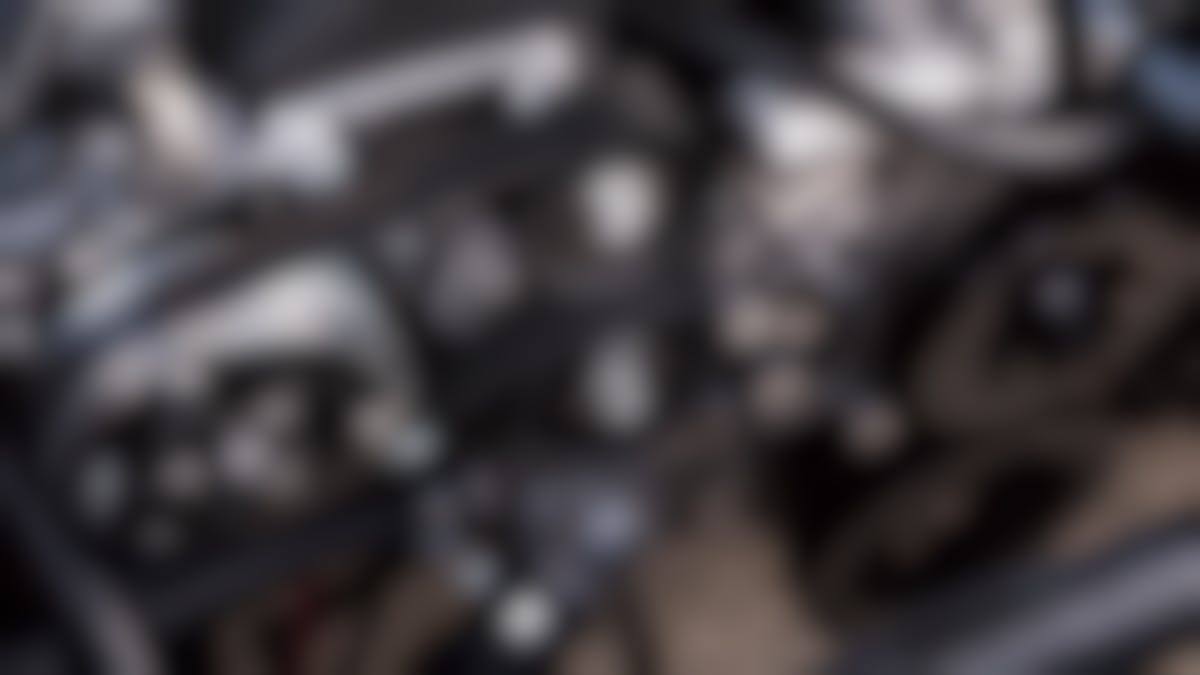
We all know the power that memory has in marketing; Pepperidge Farm built a campaign on a commercial version of Mnemosyne, the god of memory, brought to life as an old man in a horse-drawn carriage looking into the camera and stating with a classic New England accent, “Pepperidge Fahm remembers.” So, we all know that memory can drive traffic. A good memory can put a little zippity in the ol’ Doo Dah and fire the creativity. If you read our previous blog about creative brainstorming, this article is another arrow for your creative quiver. Read on to find out how memory can spark your creative life.
We all know the power that memory has in marketing; Pepperidge Farm built a campaign on a commercial version of Mnemosyne, the god of memory, brought to life as an old man in a horse-drawn carriage looking into the camera and stating with a classic New England accent, “Pepperidge Fahm remembers.”
From baked goods to sporting events, vacation spots to cars, marketers have been employing memory to catch the imaginations of potential customers and reel in new ones for centuries. It’s a great trick, and a good memory can pluck the emotional heartstrings and get someone to stop in their tracks and slip into a dreamy reverie. In that situation, they're ripe for the picking and susceptible to all kinds of marketing suggestions, tricks, and chicanery.
So, we all know that memory can drive traffic, but memory can also charge the other side of the graph. A good memory can put a little zippity in the ol’ Doo Dah and fire the creativity.
If you read our previous blog about creative brainstorming, this article is another arrow for your creative quiver. Read on to find out how memory can spark your creative life.
3-Types of Memory
Memory is the ability of the brain to recall past experiences or information. In a general sense, there are three classifications of memory; sensory memory, short-term memory, and long-term memory. For creatives, actors, artists, writers, etc., sensory memory is the most useful and the type of memory that will be the focus of this article.
Sensory Memory
When we look at sensory memory, we find three main subcategories. These subcategories are fleeting, and they eventually dump into short-term memory.
Iconic Memory
This type of memory relates to Immediate visual memories, very fleeting; it’s how the brain remembers an image it saw a moment ago. These images last to the 0.5-second mark, then slip into short-term memory.
Echoic Memory
Also referred to as auditory sensory memory and pertains to audio memories. These store slightly longer than Iconic memories, lasting about four seconds before being relegated to short-term memory.
Haptic Memory
These memories involve the sense of touch. Say you run your hands over a rough surface or push your hand into a bowl of peanut butter; you’ll remember that feeling for a few seconds, and then it gets encoded into short-term memory.
Short & Long
All three phases move into short-term memory, also known as the working memory, with low capacity. Once they’ve lived in the short-term, they pass into long-term memory. Actors in a play often repeat their lines every day to keep them in the short-term space and available for instant recall.
Long-term memory is the place of storage, management, and recollection of information. Long-term holds memories from about five minutes ago to a memory that occurred twenty years ago. Conscious requires us to think to recall those memories. Unconscious means they appear without active recollection.
Memories connected to the senses are the memories that are most closely linked to emotions. And even though these memories are fleeting and being pushed into short and long-term parking, they are still accessible.
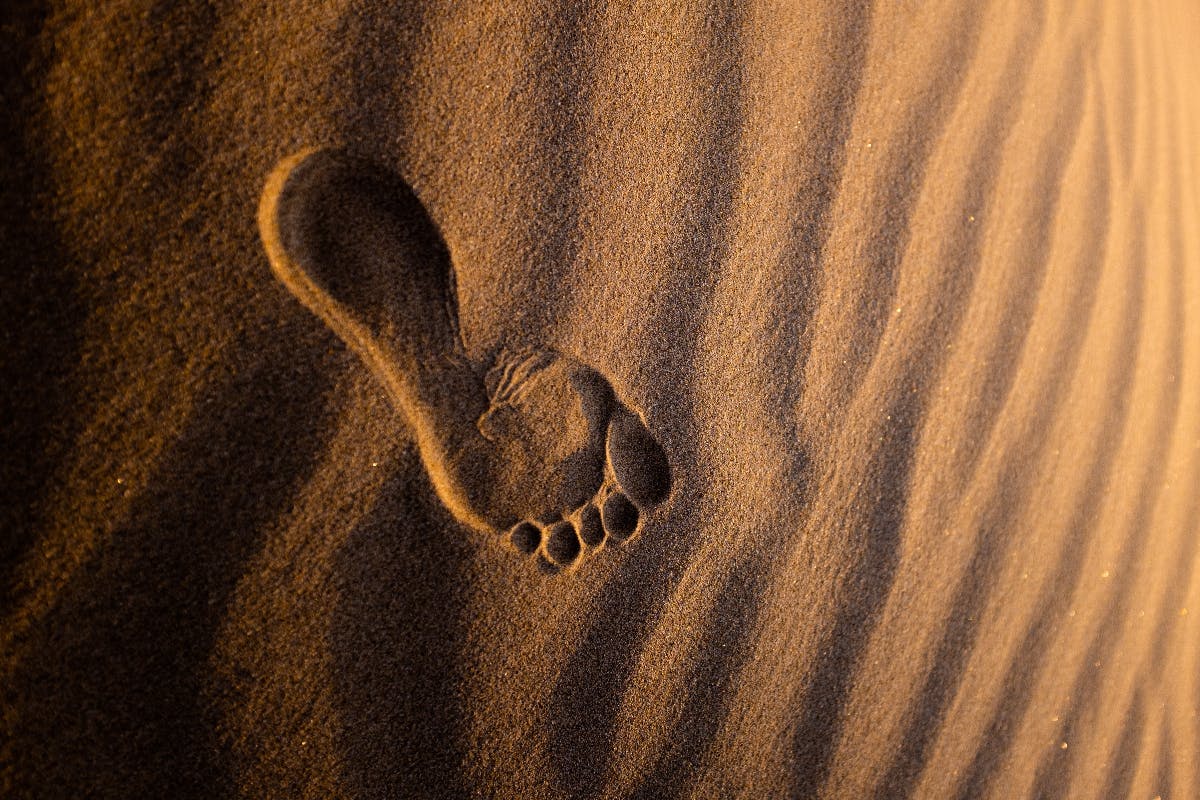
Sense Memory v Emotional Recall
These are two types of memory used by actors to get to an emotional place and connect on a deeper level with the characters they are playing. Although they may seem similar, they are not, and their uses are different. When dealing with sparking the creative juices and translating that into marketing, sense memory will be the focus. However, it’s nice to look at both because you may find a use for both.
Emotional recall
In a nutshell, emotional recall is a process where you recall a personal memory similar to the one the character you’re playing is experiencing in the scene. The purpose is to empathize with the character on a deeper level. We do this by putting ourselves in another person's shoes in everyday life. However, this can work for marketing; it’s rather specific to a given circumstance, meaning time, place, and person. This is a favorite technique of actors who have studied “the Method,” a series of exercises set up by the master, Constantin Stanislavski.
Sense Memory
This technique was inspired by Stanislavski's method but adapted by the American theatre artist Lee Strasberg. Sense memory focuses on recalling the sense surrounding a memory of a particular moment in your life. What do you see, hear, smell, touch, and taste? This technique puts you in touch with the sensory state you experienced at that moment in time.
Putting aside emotional recall, we’ll look at sense memory, literally the memory of the senses.
Awakening the Memory of the Senses
We will lay out a basic sense memory exercise for you to do at the start of your day, the middle of the day, or any time you’re feeling creatively blocked, and you need a switch, a key you get things back in focus. This simple exercise is perfect for concentration, focus, charging the imagination, and putting you directly in touch with your emotional life. Here we go.
A Hot Beverage
To start, you’re going to get yourself a hot beverage coffee, tea, hot chocolate, whichever beverage is a constant in your life. If you’ve never had a cup of coffee in your life, don’t use coffee for this exercise. Think about a hot beverage that is a daily thing in your life and make one for yourself. Now, put that on the empty table in front of you.
Sit Relaxed
Now, sit in a chair and find your balance; you’re relaxed, but you’re not inactive; you’re not about to fall asleep. You are free of tension but still present.
Plant both feet firmly on the ground and place your hands on your thighs. Close your eyes and take a deep breath in. If you feel your shoulders rise when you breathe in, stop; your breath should drop down into your belly. Your shoulders will stay put, but your belly will bulge out.
Take that breath in and allow it to fill your entire body. Don't hold it, just allow air in and when you have enough, allow it out. Don’t force or push, air in, air out. Relaxed and gentle. If you do meditation, you will feel this as familiar; it is a simple meditation.
As you breathe, notice where there is tension in your body and breathe into that tension so that when you release breath, you release tension as well.
During this breathing portion, just build awareness of your body how it feels, release tension, and move toward deep relation. Do not judge your body; just be aware of it and keep breathing tension out and relaxation in.
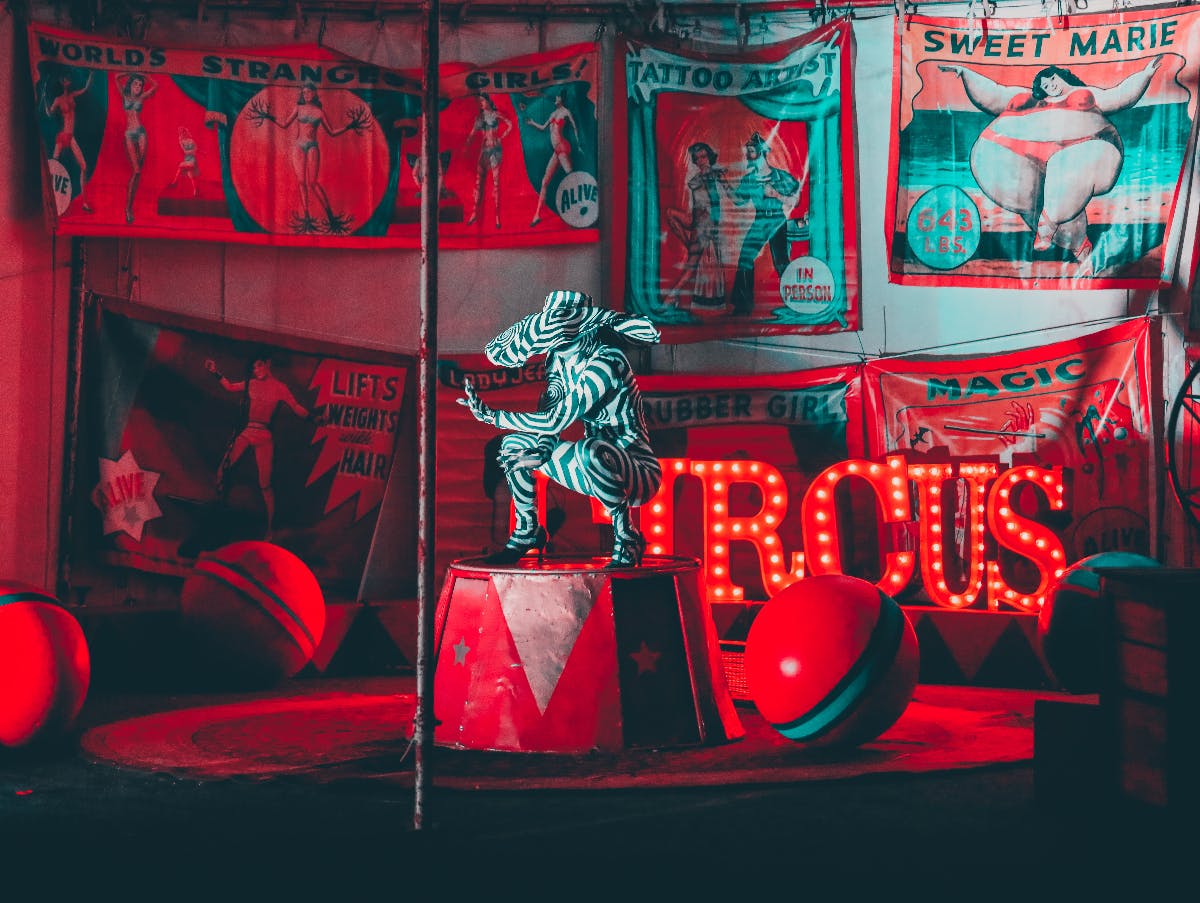
Now the Senses
Seeing
Once you feel relaxed and at ease, the next step is to look at the hot beverage on the table. Really take it in. Is it a cup you always use that your hand just reflexively grabs in the morning? Stop now and see it new. Look at all the curves of the cup, how it looks in the light it’s in. Trace it with your eyes and memorize it as much as possible. Stay with it and take it in as much as possible.
It’s vital during these stages that you do not force something to happen or force an emotional response, Just focus and observe.
Once you feel you have the cup memorized, move it out of your view and recreate it in your mind in front of you. Picture it as clearly as possible. Remember not just the shape of the cup or vessel but the way the light hit it, the lettering on the cup, the chip on the lip, how the light falls into that chip. Really investigate the visual of the cup.
When you first start this exercise, take upwards of an hour on each step.
Feeling/touch
Once you’ve explored seeing, bring the actual cup back into your sightline and feel it. Run your fingers over it. Lift it, it, feel the weight. Does the weight change with the movement of the liquid. Is the cup hot? Are there places where it is cooler? Be aware of what muscles you use to lift the cup and how easy it is. Explore as much of the cup as possible. Is the bottom rough or smooth? There is no judgment here; it’s just deep observation.
Once you’ve observed, again move away from the cup and try to recreate it in front of you. This is not about doing mime; you’re not trying to recreate the cup for an observer; you are doing it for yourself. Can you pick the cup up? Can you feel the muscles that you used to raise the cup engage? Can you feel the weight of the cup, the movement of the liquid? Can you feel all the different temperatures and surfaces of this cup?
Smell
Return to the actual cup again and smell the liquid. Smell the coffee from a distance as it sits on the table in front of you. Smell the coffee when you pick it up and put it right under your nose. What’s the difference? What does the coffee smell like? What does it remind you of? What does the cup itself smell like? Explore that and then put it aside and smell the coffee in your recreated cup. Find the notes of smells in that coffee again; what does it remind you of? Take your time and understand that smell is the quickest trigger to memory. Don’t push but allow whatever memory the smell of this coffee to come to you if it wants to.
Taste
Smell and taste will be connected here as your nose is right above your mouth. Pick up the cup of coffee and taste it. But feel all of the tasting action. How does the coffee feel when it hits your lips, your tongue. Does it burn? Do you have to back off? Do you taste coffee, cream sugar? How does it feel rolling over your tongue? All levels of taste. What remains in your mouth after you’ve swallowed the coffee? How does your throat actually swallow the liquid, be aware of all the components. Then, put that down and go back to your created cup of coffee and taste it.
Hear
This may sound odd; what does the cup of coffee sound like, but it has sounds, and you want to listen to them. Does it slosh against the sides of the cup, is there bubbling, what does it sound like when you sip, do you slurp. Explore all the things you hear with this cup of coffee and then put it aside and listen to your created cup of coffee.
Put it all Together
Now, once you’ve explored all the senses, go back to the actual cup of coffee, and mindfully, be aware of the movements, the smell, the sounds, tap the side of the cup, what is that sound, the tastes, take a few sips, Pay attention, and let all your senses experience the event fully.
Now return to your imaginary, your created cup and take some time to drink it. Feel the weight, the smell, the taste, listen to it, experience the cup of coffee fully. Take your time and allow it to be as accurate as possible.
Again this is not about doing a mime of a cup of coffee; you want to focus on the senses and how they are engaged and what they give you during this.
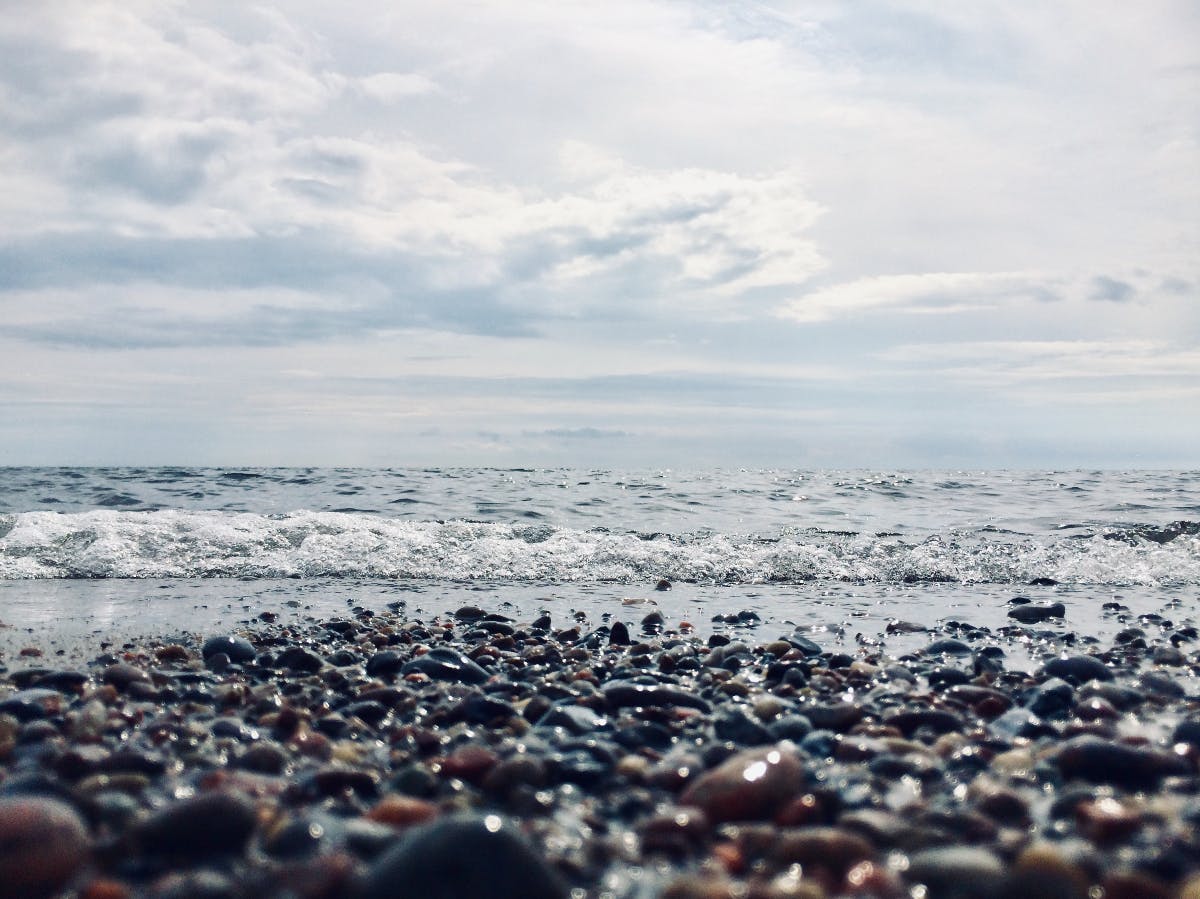
What it Gives You
The purpose of this and the application of this exercise are simple. Taking the time to recall through your senses, an everyday experience slows you down and forces you to focus. Focus on the reflexive things that take no thought, and when you slow them down and think about them, your mind is more open to the discovery of memories.
Once you’ve done the mechanical side of drinking the coffee, your mind can then start to share what has been moved from the fleeting memory into the long-term. The smell of coffee reminds me of this one morning when I was a kid and we…. And a story comes about.
Once the memory starts to return, you can pull an element from the memory and begin to do the exercise with it. That’s the next step.
The Next Step, Sensing a Memory
In the next step, using a memory to clothe with your senses will be a little more tricky because you won’t have it in front of you, like your cup of coffee. But, the exercise has awakened your imagination, and you can rely on that to fill in the gaps.
An example. You have your imaginary cup of coffee, you’ve been doing the exercise, and you get the memory of drinking coffee on a summer morning at your grandmother’s house. Now, focus on a part of that memory, the house, the weather that day, the back yard, your grandmother, whatever is clearest to you, and begin to take it apart.
What does the room look like, focus on details, see the room in your mind, and keep focusing on seeing details clearly. Move on; what does the room feel like? The table, the walls, is the wallpaper rough or smooth. What is the temperature in the room? Does grandma keep it too warm, too cold? Is there heat from the stove?
Take a sensory trip through your grandmother's house, allow time for all the senses to have some attention, and then put it all together with the cup of coffee. Recall, through your senses, what that moment of sitting in your grandmother’s house drinking a cup of coffee was like.
As you move through the story of coffee at grandma’s, you’ll notice that more details, imagined or real, will start to filter in. Your imagination will be heightened, and you’ll be shown things you didn’t even know were there.
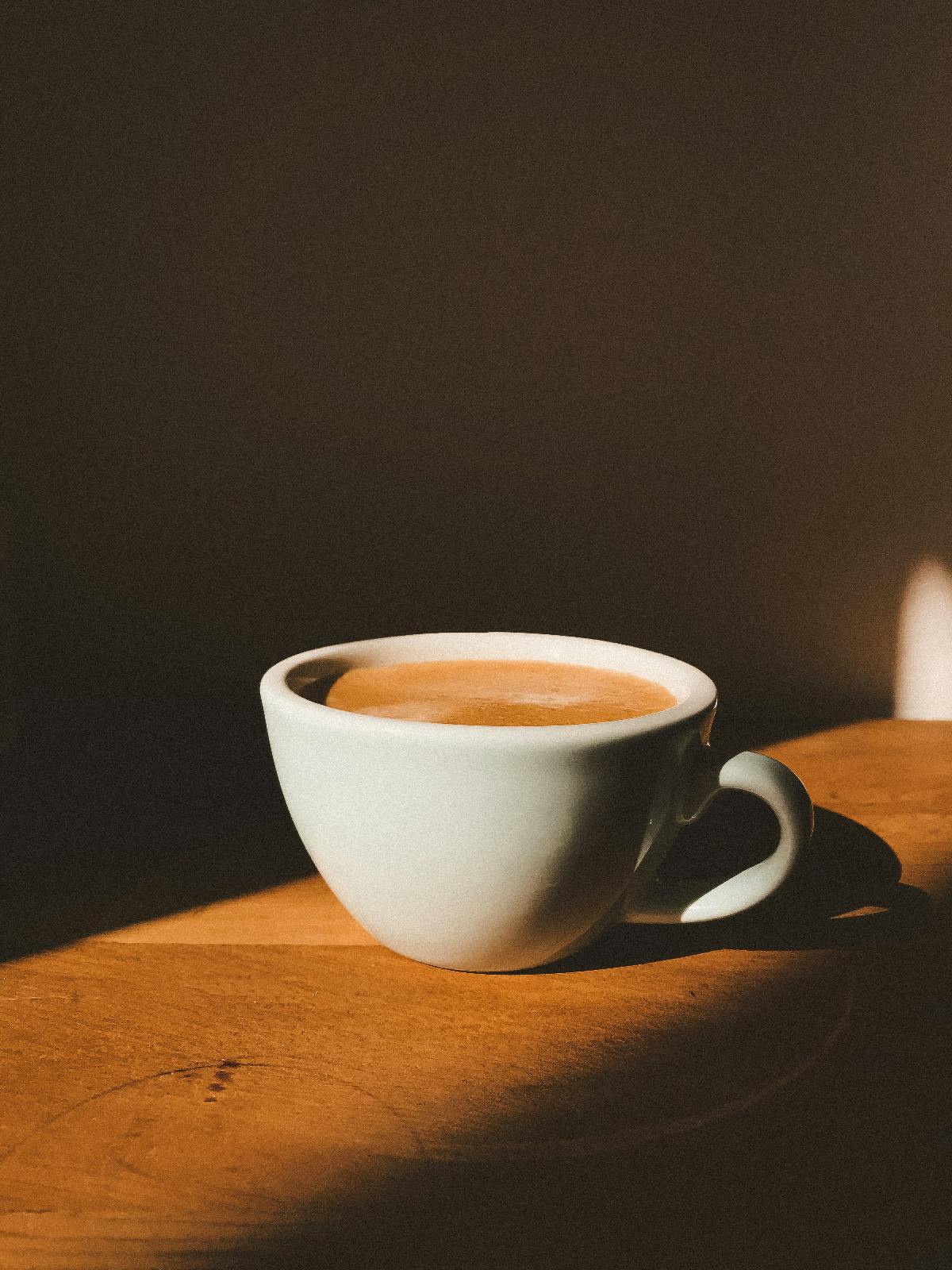
What Do You Have
With the sense-memory exercise, you directly connect to a deeper and more active imagination. You also have a direct connection to memory which is an emotional trigger. But, it allows you a specificity that perhaps you didn't have before.
This cup of coffee reminds me of my grandmother's place. With the sense-memory work that becomes, I recall sitting in the cool kitchen on a summer morning in my grandmother's house—the handmade curtains in the small window above the trash can. The window looked out on the house's side yard; I could see the garden where my grandfather had put a half bathtub and a statue of the Virgin Mary in the garden, which leads to more and more specific memories. Why that one day, why that cup of coffee?
The exercise opens your imagination, gets your creative brain moving, reveals memories; it can also unlock some universal feelings. What is the universal feeling of grandmother's house? Is it safety, comfort, excitement, calm, possibility? Those universals can be applied to a marketing campaign, advertising, design; anything that you're working on can be affected and improved by grounding it in honest emotional responses.
This exercise can also be used during the week when a brainstorming session is coming up, and you're feeling locked up. Take time with a cup of coffee and give the imagination a workout to get ready for the group sessions later in the schedule.
Remember, the imagination is a muscle. It needs to be engaged, stretched, worked, and regularly activated to work at its optimum when it's called on for something like a brainstorming session. Engaging the imagination activating your creativity through a sensory portal is just one way to keep yourself creative longer and deeper.
Contact ThoughtLab today for a free consultation, and let's get your creative muscles pounding.
